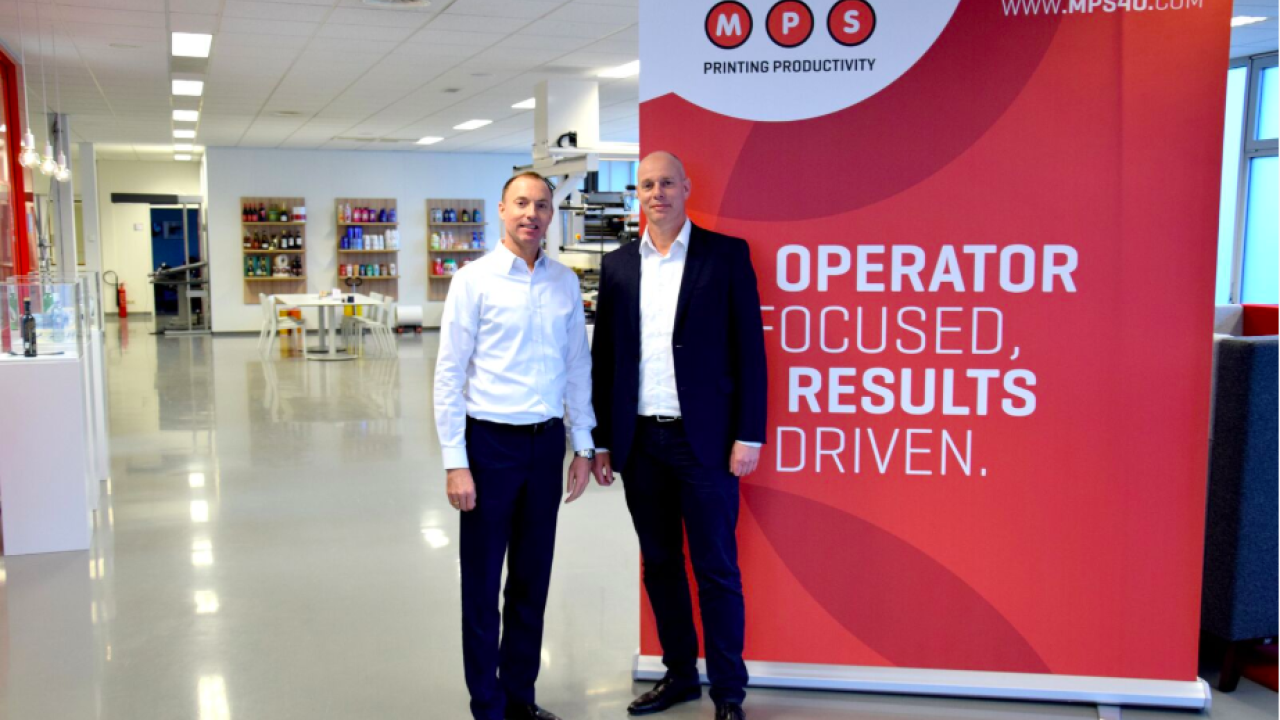MPS establishes direct presence in Asia

Besides opening the new office, MPS has plans for a future technology center where printers can view press demonstrations and test a variety of applications. ‘We will equip this center with one or two presses to run tests of all types of substrates and experiment with new creative applications. We want this to be the knowledge base of flexo printing in the region where our customers can come for all their application questions,’ says Klappe. MPS currently has a demo center run by T&K Toka, the local MPS agent in Japan, located at its Saitama facility.
‘Kuala Lumpur is an ideal location for a dedicated MPS office,’ says Klappe. ‘Now that the infrastructure of the local branch is fully operational, we are focusing our efforts on business development through supporting our existing agent network and increasing local representation. MPS is expanding its sales and service teams in order to give current and future customers top support. Good service is an absolute must for MPS, because of which the company is building regional service capacity before selling additional machines. We have already appointed new agents in Indonesia and Taiwan and will soon add more throughout the Asia Pacific region.’
Until now, MPS was selling presses into Asia from Europe through its agents in India, Japan, Australia and New Zealand. The company has around 50 presses installed in Asia.
Trends in Southeast Asia
Of the Southeast Asian market, Klappe says: ‘It is a good market to be in. Shopping malls and supermarkets are growing. The middle class – which wants to buy a variety of goods and luxury packed items – is growing. These trends catalyze the growth of the label and packaging industry. Asia and Oceania accounts for 41 percent of worldwide label consumption. Flexo printing output volume in Asia is expected to grow at CAGR of 7.2 percent from 2015 to 2021 and reach 4,177 million sqm, which is just over half of output volume forecasted for Europe.
‘More countries are getting serious about the environment. Rules are not only made but also enforced by both governments as well as brand owners. This is one of the reasons why gravure printers are looking to more environmentally friendly print technologies such as flexo. Further, we see a rise in the use of label films, which are difficult to print on most letterpress machines installed in this region. MPS presses are well-suited to print, embellish and convert films. Therefore, we see a growth opportunity from the letterpress users as well.
‘There is an increasing demand to print wraparound labels, shrink sleeves and film-based pressure-sensitive labels in Southeast Asia. The market is focused on accuracy, registration and color consistency. Therefore, we see high demand for MPS EF multi-substrate and MPS EXL-packaging presses because these machines can handle these requirements at speeds of up to 200m/min and 300m/min respectively.’
MPS has also received attention for its EF Symjet hybrid press, which combines MPS EF flexo press with an inkjet unit from Domino. ‘Where dedicated digital printing machines can print economically to around 1,000 meters, a hybrid machine is good for runs up to 2,000 or 3,000 meters. The advantage of a hybrid press versus digital is that you can do the converting and embellishment in-line. It enables creative label applications without having to go through additional finishing passes. We see great potential for this press in the region,’ concludes Klappe.
Stay up to date
Subscribe to the free Label News newsletter and receive the latest content every week. We'll never share your email address.

